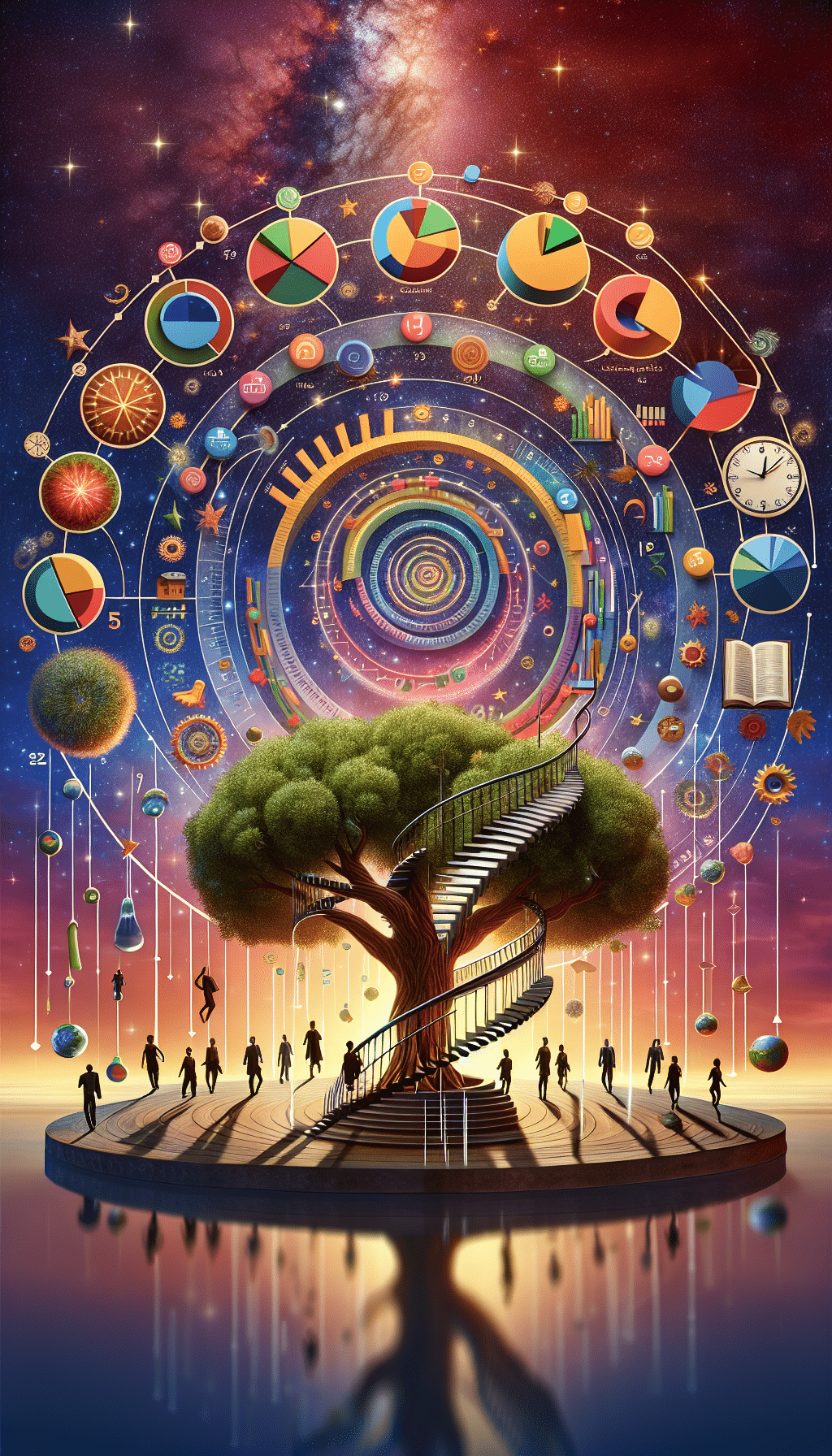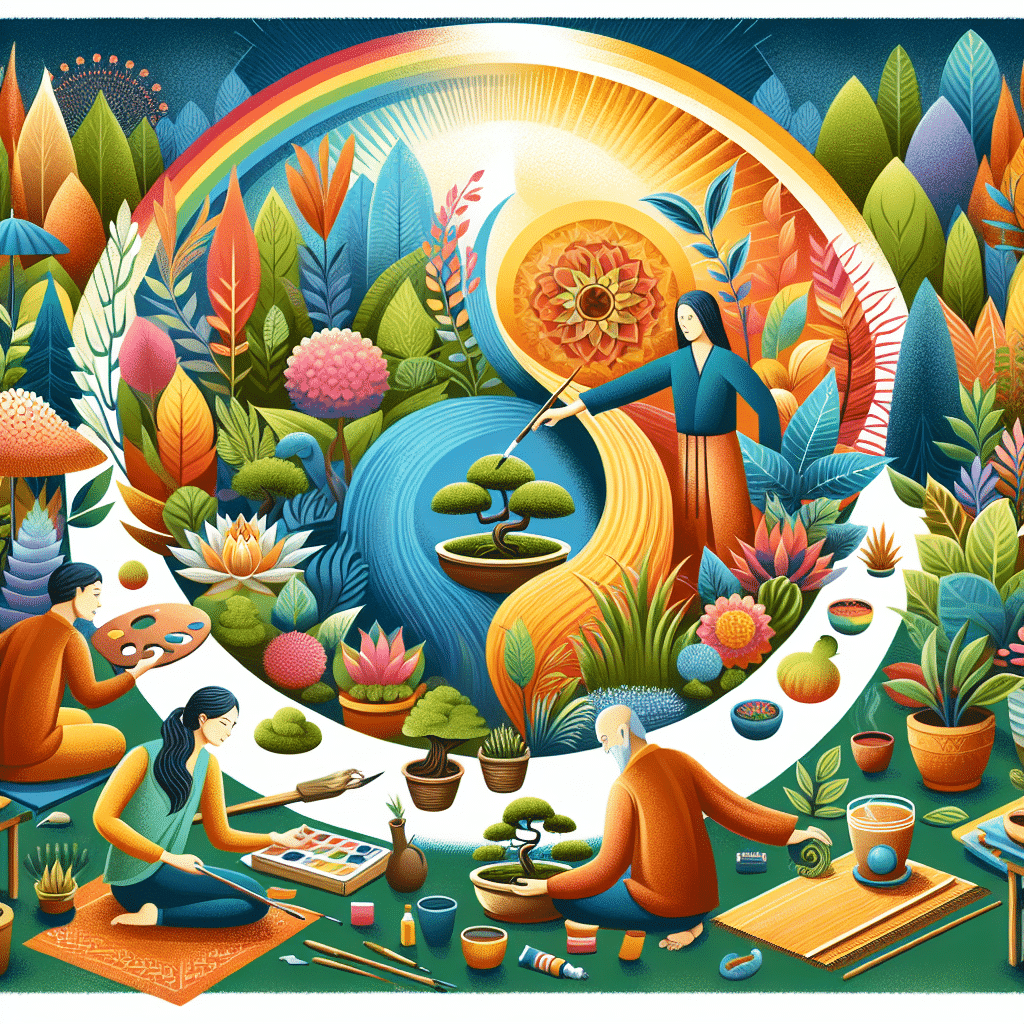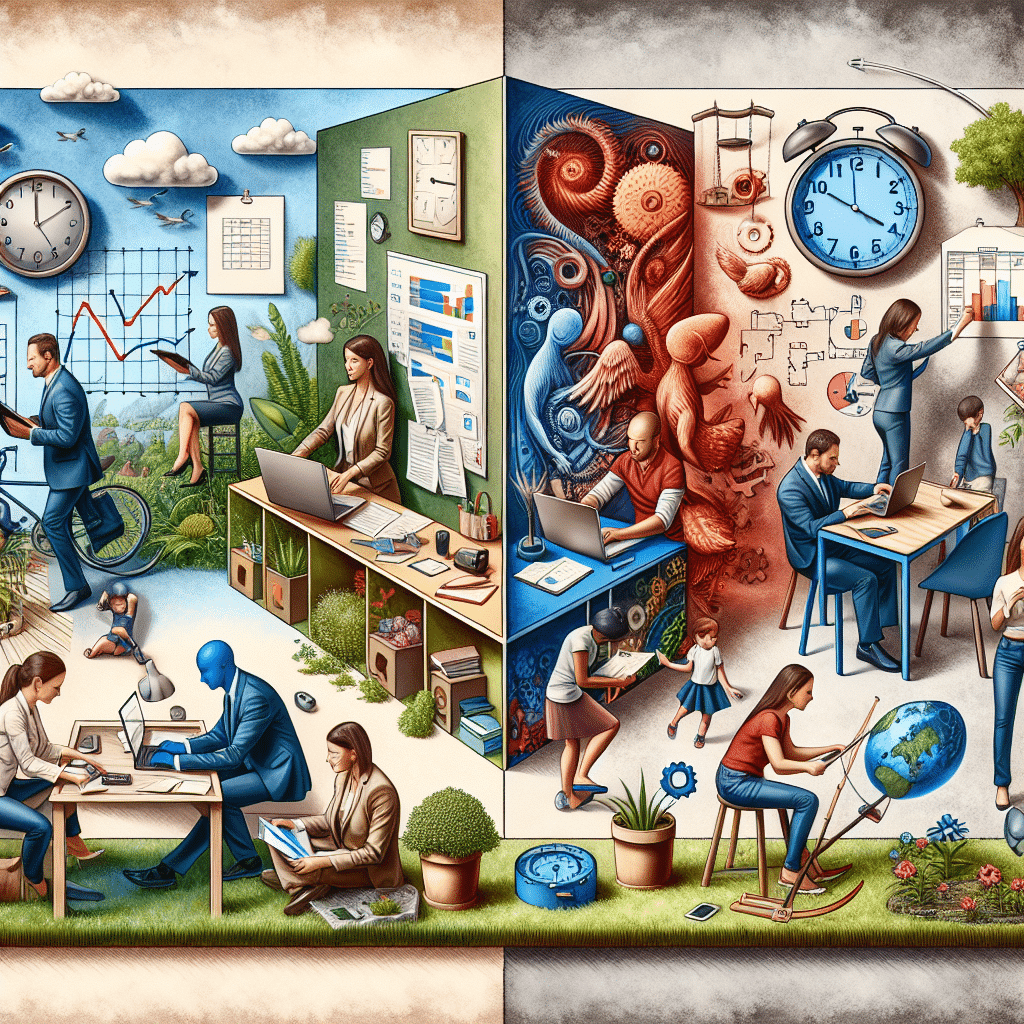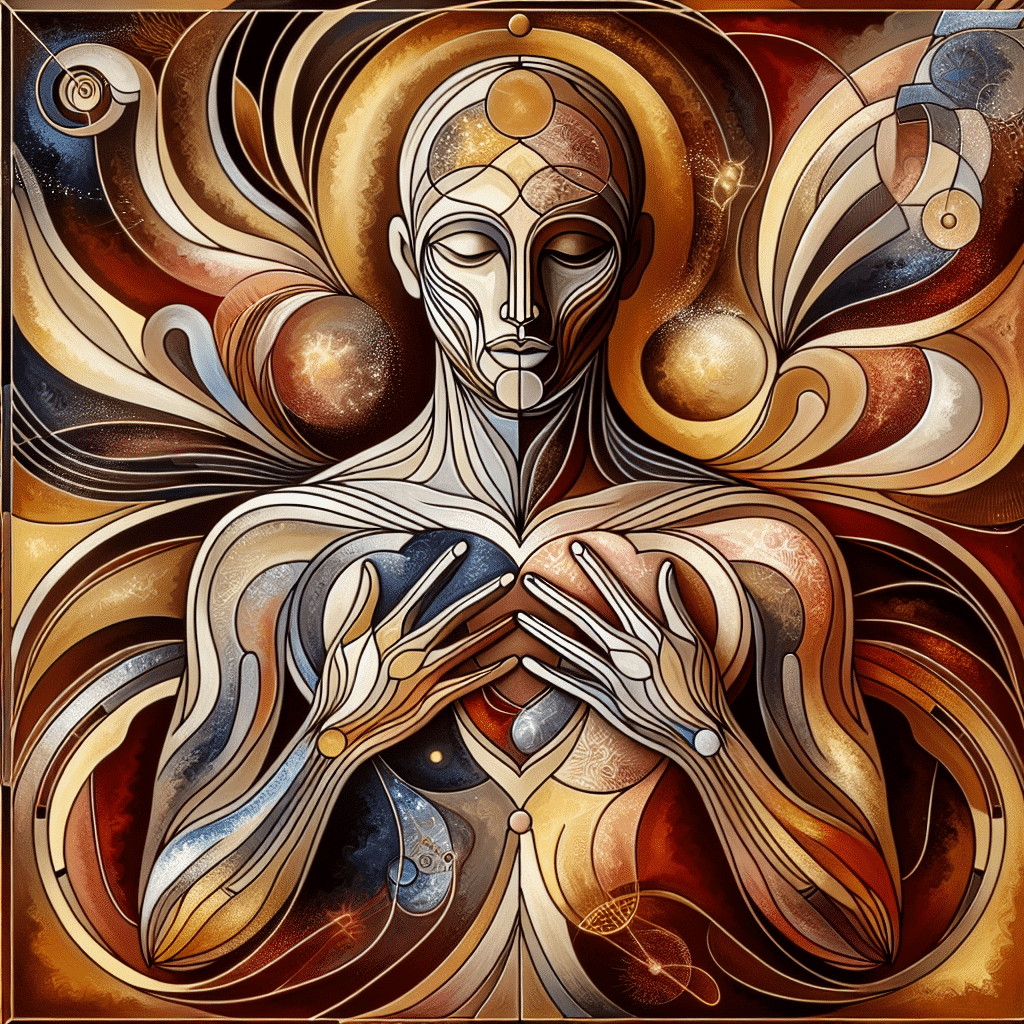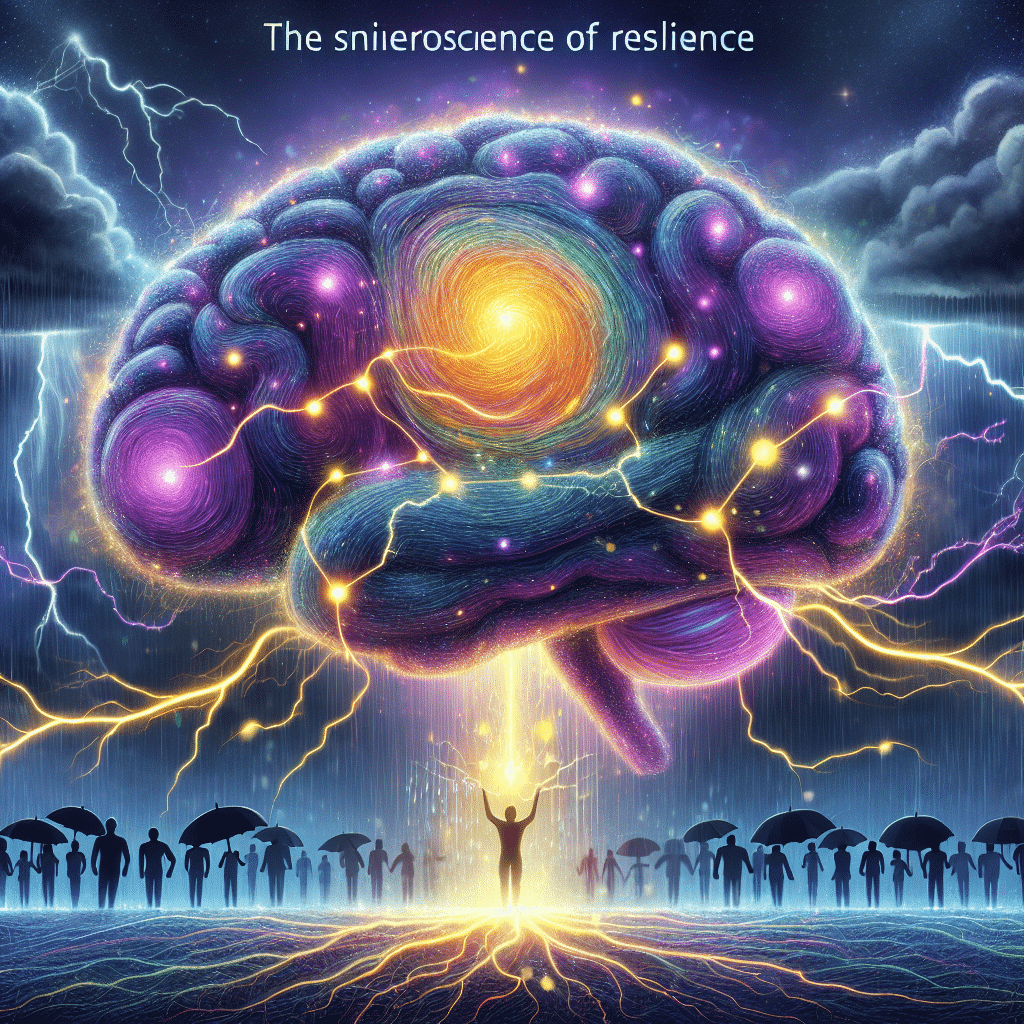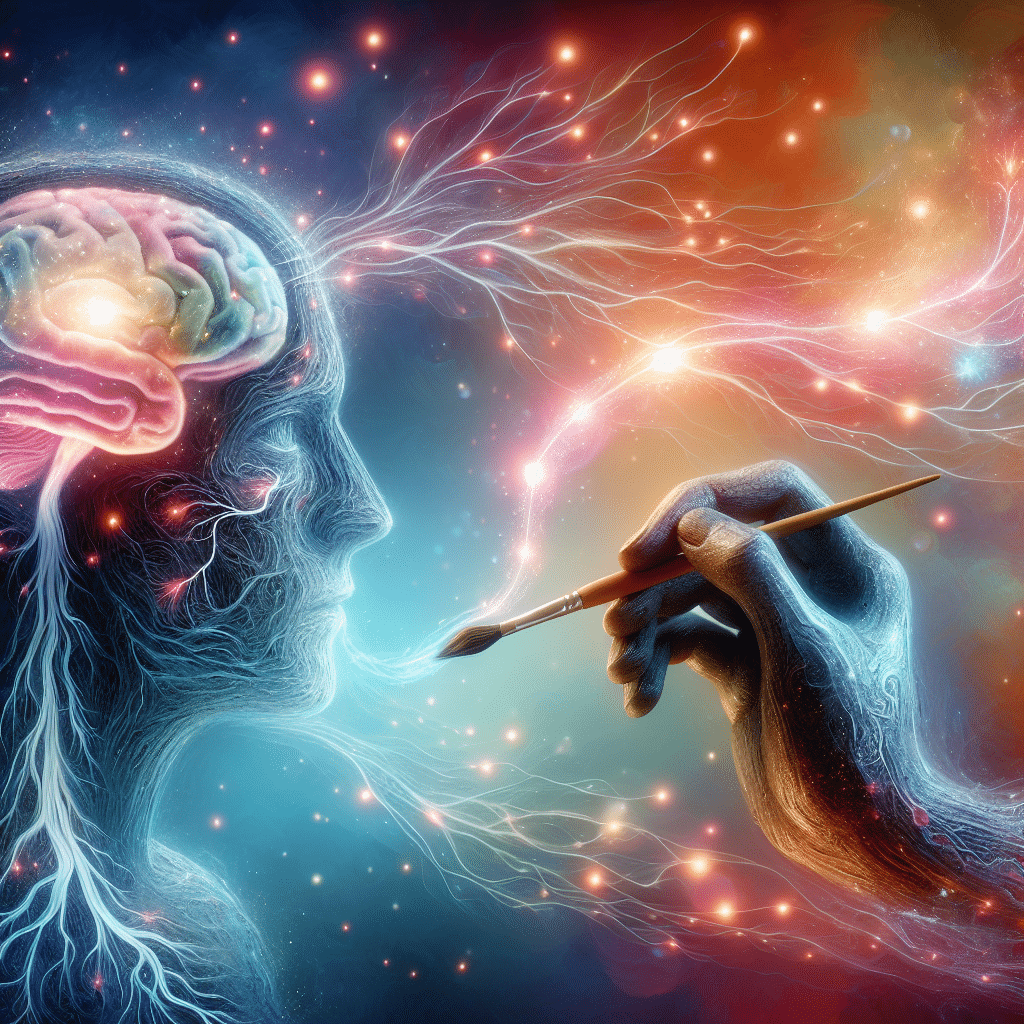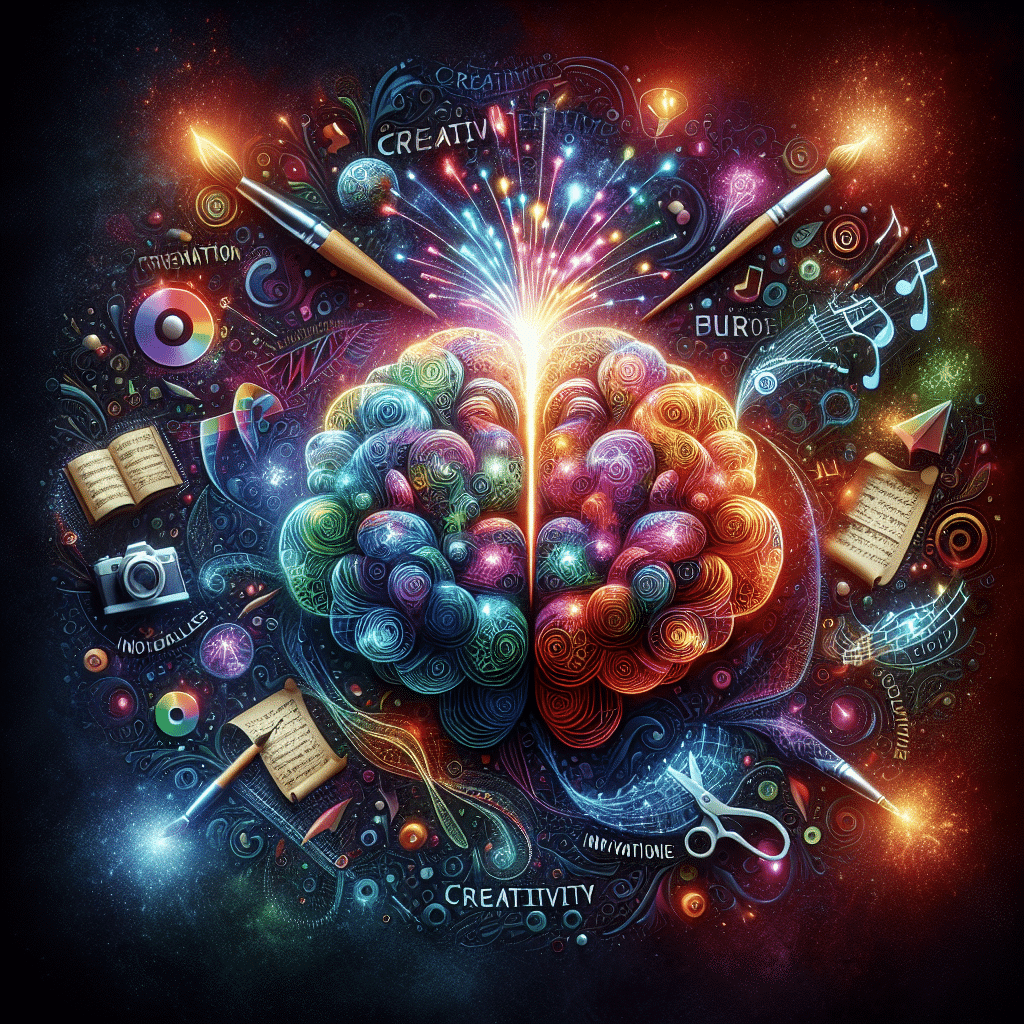
In our ever-evolving world, creativity has become an essential skill. But have you considered how the context shapes our creative abilities? In this blog post, we’ll explore the concept of contextualizing creativity and how it impacts our ability to think innovatively. Discover the influence of environment, culture, and social dynamics on creativity, and learn how different contexts can spark inspiration. Explore the benefits of cultivating creativity within specific contexts, and discover practical strategies for enhancing creativity in your own environment. Join us on this journey of contextualizing creativity and unleash your full creative potential.
Section 1: What is Creativity?
Creativity is not confined to artists and musicians—it is a fundamental human ability that exists in all of us. In its essence, creativity refers to the process of generating new and valuable ideas or solutions. It involves thinking outside the box, exploring different perspectives, and connecting seemingly unrelated concepts. Creativity encompasses originality, adaptability, and the ability to take risks.
At its core, creativity is about making connections and finding novel ways to solve problems or express oneself. It involves breaking free from patterns, questioning assumptions, and embracing a mindset of curiosity and exploration. Creativity is not limited to a specific domain; it can be applied to any aspect of life, from the arts to scientific discoveries, entrepreneurship, and problem-solving.
Creativity is both a skill and a mindset that can be developed and nurtured over time. By engaging in creative practices and adopting a creative attitude, individuals can enhance their ability to generate innovative ideas and tap into their imagination. Creative thinking goes beyond simply following instructions—it involves challenging norms, questioning conventional wisdom, and thinking critically.
Section 2: Impact of Context on Creativity
While creativity is a deeply personal process, the context in which it occurs plays a significant role in shaping and influencing creative outcomes. The environment, culture, and social dynamics all contribute to the expression and reception of creative ideas.
One key aspect of context is the physical environment. The space in which individuals work or create can have a profound impact on their creativity. An open and flexible environment that encourages collaboration and experimentation can stimulate innovative thinking. On the other hand, a restrictive or mundane environment may inhibit creativity.
The cultural context also shapes creativity. Different cultures have varying attitudes towards creativity, risk-taking, and originality. Some cultures may value conformity and tradition, while others may encourage individuality and innovation. These cultural norms impact how individuals perceive and express their creativity.
Furthermore, the social dynamics within a group or organization can either foster or impede creativity. Supportive and inclusive environments, where individuals feel safe to share their ideas and are open to diverse perspectives, tend to promote creativity. Conversely, environments that are hierarchical, judgmental, or overly competitive may stifle creative thinking.
It is essential to recognize that each individual has their own unique context, including personal experiences, values, beliefs, and social networks. These factors all contribute to shaping one’s creativity and influencing the types of ideas that are generated. Understanding and embracing the contextual aspects of creativity can help individuals harness their creative potential.
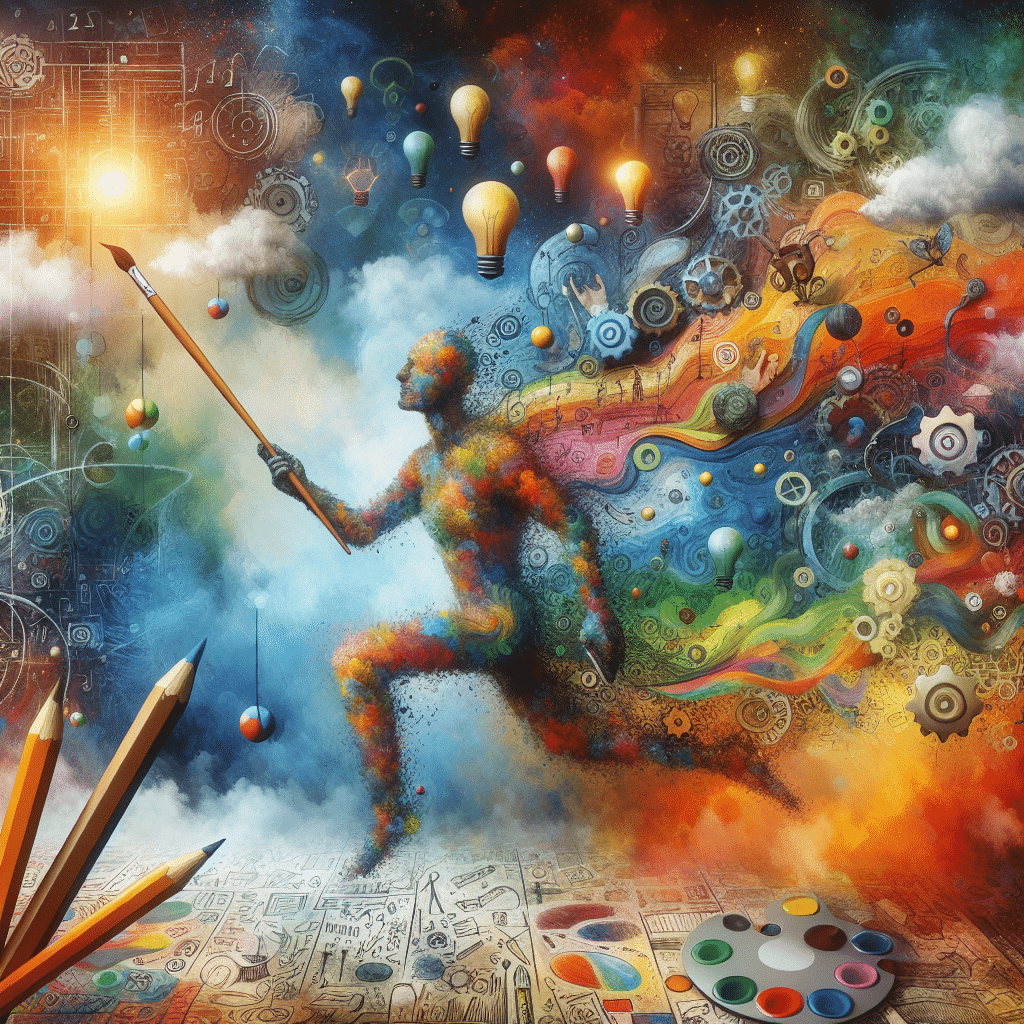
Section 3: Sources of Inspiration in Different Contexts
Creativity thrives on inspiration, and different contexts offer unique sources of inspiration that spark innovative thinking. Whether it’s nature, art, history, or personal experiences, the context in which individuals find themselves can provide a rich tapestry of ideas and perspectives.
In the natural world, the beauty and complexity of landscapes, plants, and animals can ignite creative thoughts. Connecting with nature can inspire new ways of thinking and problem-solving. Similarly, engaging with art, whether it’s visiting galleries, exploring different art forms, or even creating art oneself, can open doors to fresh ideas and imaginative thinking.
Historical and cultural contexts offer valuable insights and inspiration. Delving into the history and traditions of a particular place or exploring different cultural perspectives can provide a new lens through which to view the world. Learning from the past and different cultural practices can spark creative ideas and promote diverse thinking.
Personal experiences also play a significant role in creativity. Our own lives, relationships, and journeys shape who we are and the ideas we generate. Reflecting on personal experiences, both positive and challenging, can offer unique insights and serve as a catalyst for creative expression.
Moreover, the digital age has expanded our access to information and ideas from around the world. With the internet and digital platforms, individuals can engage with diverse cultures, explore new knowledge, and connect with a global community of creatives. The wealth of information available online offers endless opportunities for inspiration and collaboration.
It’s important to remember that sources of inspiration are highly personal and vary from one individual to another. What one person finds inspiring, another may not resonate with. Embracing a range of contexts and being open to new experiences can enhance creative thinking and lead to innovative solutions.
Section 4: Benefits of Cultivating Creativity in relation to Context
Cultivating creativity within different contexts brings numerous benefits to individuals and the communities they are a part of. By leveraging the power of context to enhance creativity, individuals can tap into their full potential and make meaningful contributions.
One of the key benefits of cultivating creativity in relation to context is the ability to adapt and innovate. Contextual creativity allows individuals to identify unique solutions and approaches that are tailored to specific situations. By understanding the nuances and demands of a particular context, individuals can respond effectively and creatively to challenges and opportunities.
Additionally, creativity within a particular context promotes a sense of connectedness and belonging. When individuals tap into the context around them, whether it’s their community, workplace, or cultural group, they can find common ground and foster collaboration. Sharing creative ideas and experiences within a shared context can lead to collective growth and the generation of novel solutions.
Contextual creativity also nurtures diversity and inclusion. Each context has its own diverse perspectives, and by embracing and celebrating these differences, individuals can bring unique insights and experiences to the table. This inclusive approach to creativity not only fosters innovation but also creates a sense of respect and appreciation for diverse voices.
Moreover, creativity within different contexts has the potential to inspire and positively impact others. When individuals demonstrate creative thinking within their context, they become role models and influencers. Their innovative ideas and approaches can inspire others to think differently, challenge the status quo, and take risks in their own creative pursuits.
Finally, cultivating creativity in relation to context contributes to personal and professional growth. By continually exploring and engaging with different contexts, individuals expand their knowledge, skills, and perspectives. They become more adaptable, open-minded, and resourceful, which are highly valued traits in today’s ever-changing world.
In conclusion, cultivating creativity within different contexts offers numerous benefits, including adaptability, collaboration, diversity, inspiration, and personal growth. Embracing the power of context to fuel creativity enables individuals to make a positive impact and create meaningful connections in their personal and professional lives.
Section 5: Strategies for Enhancing Creativity in Context
Enhancing creativity within different contexts requires intentional effort and the application of specific strategies. By adopting these strategies, individuals can maximize their creative potential and make the most of their context.
One strategy for enhancing creativity in context is to engage in continuous learning and exploration. By continuously seeking out new knowledge and experiences, individuals can expand their understanding of their context and discover new perspectives and ideas. This can be done through reading, attending workshops or conferences, networking with others in the field, and seeking out new learning opportunities.
Another strategy is to foster a supportive and creative environment within the given context. Creating an environment that encourages and values creativity can motivate individuals to generate and share their ideas without fear of judgment or ridicule. This can be achieved by promoting open communication, collaboration, and a culture that embraces experimentation and risk-taking.
Additionally, seeking feedback and input from others can be a valuable strategy for enhancing creativity in context. By actively seeking feedback and being open to different perspectives, individuals can gain insights and refine their ideas. They can also engage in discussions and debates that challenge their assumptions and push the boundaries of their creativity.
Moreover, setting specific goals and deadlines can help channel creativity within the given context. By setting clear objectives and timeframes, individuals are motivated to focus their creative energy and work towards tangible outcomes. This can provide structure and direction to their creative process and increase their chances of producing impactful results.
Lastly, embracing diversity and fostering inclusivity within the context can enhance creativity. By valuing and respecting the varied backgrounds, perspectives, and experiences of others, individuals can tap into a collective pool of ideas and insights. This inclusivity can spark cross-pollination of ideas, leading to novel and innovative solutions that benefit the entire community.
In conclusion, enhancing creativity within a specific context requires intentional strategies such as continuous learning, fostering a supportive environment, seeking feedback, setting goals, and embracing diversity. By applying these strategies, individuals can unlock their creative potential, generate innovative ideas, and make a meaningful impact within their context.
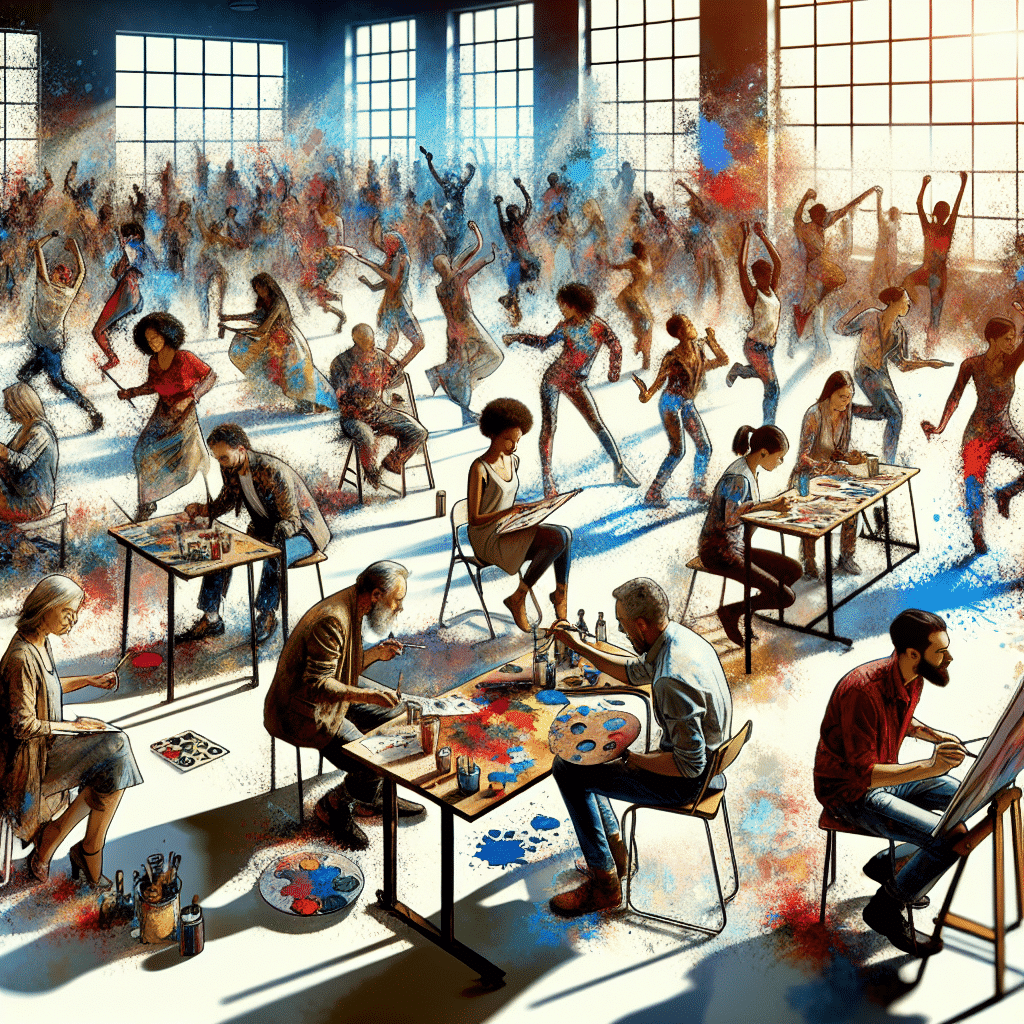
Conclusion: Embracing Creativity in Context
Embracing creativity in context is a powerful way to unlock innovation and solve complex problems. It requires understanding the unique factors that shape creativity in a given setting and intentionally utilizing strategies to enhance creative thinking and output.
By recognizing the influence of context, valuing diverse perspectives, and creating a supportive environment, individuals can tap into their creative potential and make a meaningful impact. Continuously learning, seeking feedback, setting goals, and fostering inclusivity are key strategies for promoting creativity within a given context.
Ultimately, creativity is not limited by a specific context but can thrive within the right conditions. By embracing creativity in context, individuals and organizations can drive innovation, inspire others, and successfully navigate the challenges of our ever-changing world.

